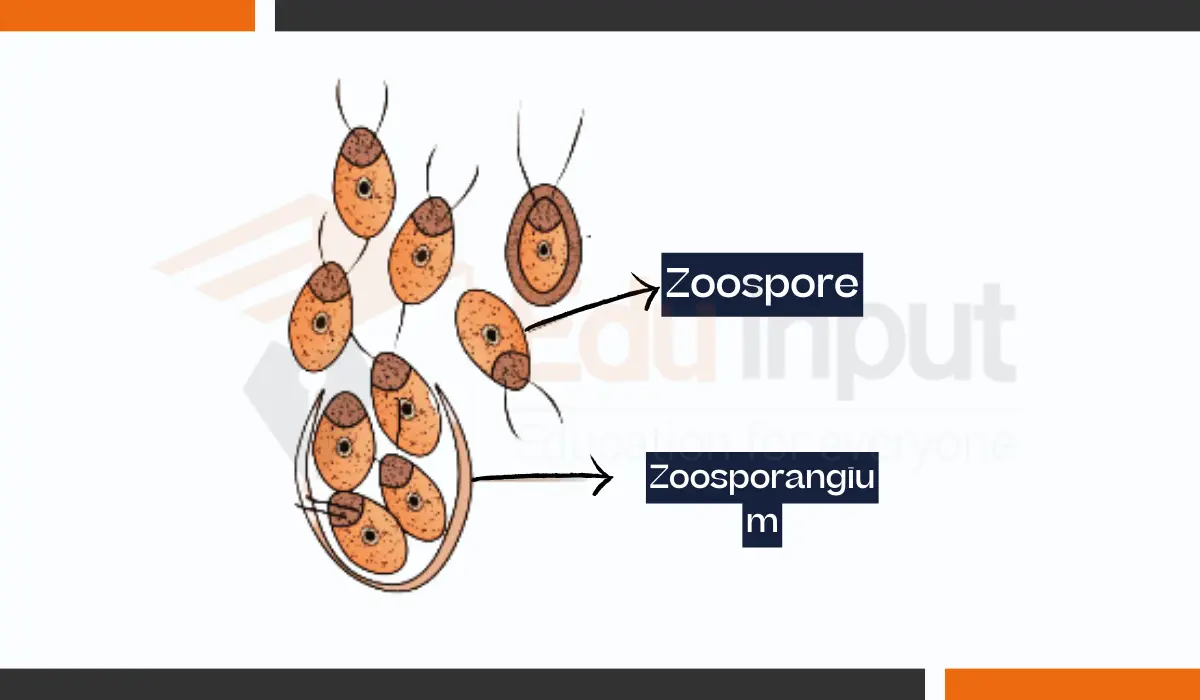General Structure of Fungi-Hyphae and Mycelium
Fungi are single-celled and eukaryotic organisms that are found in soil and water. Fungi are an extremely diverse class of organisms. The number of species is estimated to be around one million, but only a small fraction of those have been described by science.
Fungi are microscopic single-celled organisms that lack chlorophyll and contain no vascular tissue. They are neither plant nor animal, but they do share some features with both groups. They can move around, produce spores, and absorb nutrients through their cell walls. In addition, they have nuclei within their cells. Because they lack vascular tissue, fungi cannot photosynthesize, so they must obtain energy from other sources such as decaying organic matter.
General Structure Of Fungi
The body of fungi consists of hyphae. Hyphae are minute, thread-like tubular structures. The group or mass of hyphae is called mycelium.
Hyphae spread over the surface of the substratum. The cell wall of hyphae contains chitin.
Types of Huphae
There are two types of hyphae:
Septate Hyphae:
Septate hyphae are divided by cross walls, called septa (singular septum) into individual cells. Each hypha contains one or more nuclei. The septa of many septate fungi have pores. The cytoplasm can flow through these pores. It carries material to the growing tips of the hypha. So the hyphae grow rapidly when food and water are abundant and the temperature is favorable.
A-Septate Hyphae:
They lack septa and hyphae are not divided into individual cells. They form an elongated multinucleated large cell. Such multinucleate hyphae are called coenocytic hyphae. Its cytoplasm moves effectively and distributes the material throughout the hyphae.
Mycelium And Tissues In Fungi
Mycelium is the vegetative body of a fungus. It is composed of hyphae (thread-like cells) and is responsible for the production of spores. Spores are the reproductive bodies of a fungus. In mycelia, the hyphae are arranged in parallel layers. Each layer is called a hypodermis. A mycelium consists of many individual hyphae. Mycelium has the following special structures.
Sporophores: Sometimes, hyphae are organized to form fruiting bodies. These fruiting bodies are called sporophores.
Plectenchyma: The tissues composed of a compact mass of hyphae are called plectenchyma.
Prosenchyma: The tissues with distinct hyphae are called prosenchyma.
Pseudoparenchyma: The tissue in which individual hyphae lose their shape and become isodiametric is called pseudoparenchyma.
Stromata: Some fungal tissues become very hard. Fruiting bodies are formed on such tissues, These tissues are called stromata.
Sclerotium: A mass of hard fungal tissues without fructifications is called the sclerotium. Sclerotium is formed by passing over unfavorable periods. These structures germinate to form new mycelium in favorable conditions.
Rhizomorphs: Several hyphae unite to form a rope-like strand called rhizomorphs. Rhizomorphs form fruiting bodies.
Haustoria: These are a knob-like branched outgrowth of the main mycelium. These specialized absorbing structures. These are mostly found in parasitic fungi.
Appressoria: These are simple or lobed structures. These arise from germ tubes or infecting hyphae. These are mostly found in disease-causing fungi.
The Cell Structure Of Hyphae
The protoplast of hyphae has cytoplasm and nuclei. Fungi are eukaryotes. So their nuclei have nuclear membrane and chromatin network. The cell divides by mitosis. The hyphae may be septate or aseptate. Septa are present in septate hyphae.
But it is absent in aseptate hyphae. The individual cell may be uninucleated or multinucleated. Hyphae containing many nuclei are called coenocytes. A vacuole is present in the center of the cytoplasm in older hyphae. The reserve food material is glycogen or oil droplets.





Leave a Reply